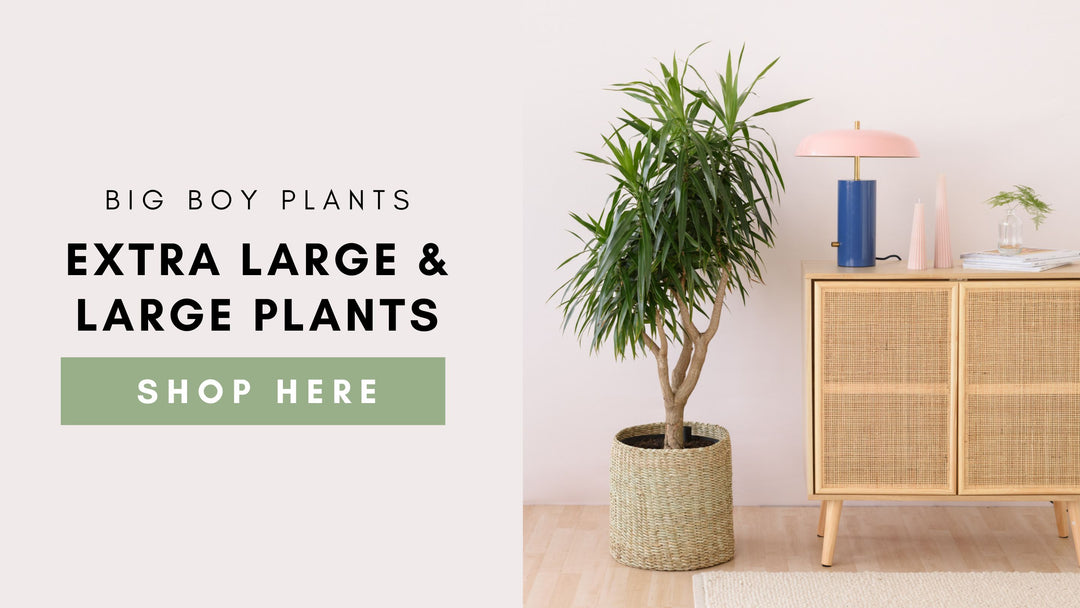Plant Pest - Thrips
Scientific Name: Thysanoptera
Common Name: Thunderflies, Thunderbugs, Storm Flies, Thunder Blight, Storm Bugs, Corn Fleas, Corn Flies, Corn Lice, Freckle Bugs, Harvest Bugs, and Physopods.
Thrips are minute, straw-coloured insects that are common houseplant pests. Their small size makes them difficult to see with the naked eye, making spotting the start of an infestation pretty challenging. Thrips feed on the fruit, flowers, and leaves of many plant varieties, both indoor and out, sucking their juices. Leaves may turn pale, patchy, and silvery, then die, and tangled, discoloured or scarred plants are usually symptoms of an infestation. Due to their asexual reproduction and lack of natural predators in indoor spaces, they can quickly multiply and cause significant damage.
Whenever you check in with your plants, be sure to pay special attention to the undersides of the leaves, since this is where most common houseplant pests live. This is where the leaves are softest and most succulent, and it is here that Thrips are most active.

Thrips Pest Identification
- Adults are smaller than 2mm in Size.
- Straw-colored or black slender insects with two pairs of feathery wings.
- Can resemble fine threads when looked at with the naked eye.
- Feed in groups and will jump or fly when disturbed.
- Evidence of damage is identified by discoloured foliage.
- Often found underside of leaves.
How do Thrips spread?
- Due to them being a common garden pest they can be carried in from outdoor plants, brought inside.
- Occasional ornamental cut flowers.
- New houseplants added to your collection.
- As adults can fly, they can come in through open windows and doors.
Conditions the enhance or hinder the proliferation of Thrips?
Enhance:- Thrive in warm conditions between 10°C and 30°C.
- Keeping plants in the optimal growing conditions - This means keeping your plants in their perfect growing conditions to avoid any stressors, that can weaken their immune system, making them more susceptible to pests. For detail Plant Care checkout our Plant Care Tab.
- Keeping plants strong and healthy. - Keeping your Plants well fertilised and ensuring they grow well, will encourage a strong an happy plant, less susceptible to Pest infestations.

Thrips Pest Treatment Plans
Small manageable infestations
- Quarantine your infected plant.
- Rinse off leaves to remove pests.
- Make a solution of: 250ml hot water, add 1 x crushed garlic clove and steep until cool. Strain into a Spray Bottle and add a few drops of liquid dish soap. Sprits plant concentrating on young growth and flower buds.
- Spray down plant with mixture, do this once a week until Thrips have disappeared.
For tips on homemade pesticides check out: 8 Homemade Pesticide Sprays for indoor plants.
Large infestations
- Quarantine your infected plant.
- Remove any highly infested foliage and stems.
- Rinse off leaves to remove pests.
- Spray with an organic pesticide such as Bioneem or Pyrol.
- Treat every 7 - 10 days until infestation has disappeared.
Thrips Preventative Measures
- Inspect your plants regularly and treat infestations immediately.
- Keep your plants in their optimal growing conditions.
- Quarantine new purchases for a month to avoid introducing pests to your collection.
- Wipe down your foliage and stems often with a Neem Oil based pesticide.
Wild Card
- It is rare for Thrips to kill houseplants and if your houseplant is in its optimal conditions, will survive a severe infestation. However, Thrips can spread many viruses, so treat infestations immediately.
For more on Plant Care Troubleshooting, Checkout our 2-Step Plant Health Guide.
Shop Pesticides in our Plant Care Section here.



